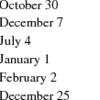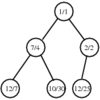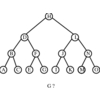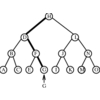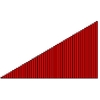1.1.1 Dictionaries
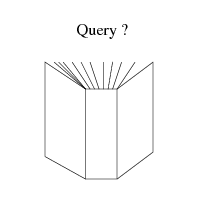

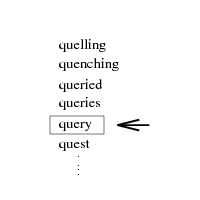
INPUT OUTPUT
Input Description:
A set of n records, each identified by one or more key fields.
Problem:
Build and maintain a data structure to efficiently locate, insert, or delete
the record associated with any query key q.
Excerpt from
The Algorithm Design Manual:
The abstract data type ``dictionary'' is one of the most important structures in computer science.
Dozens of different data structures have been proposed for implementing dictionaries including hash tables, skip
lists, and balanced/unbalanced binary search trees -- so choosing the right one can be tricky. Depending on the
application, it is also a decision that can significantly impact performance. In practice, it is
more important to avoid using a bad data structure than to identify the single best option available.
An essential piece of advice is to carefully isolate the implementation of the dictionary data structure from
its interface. Use explicit calls to subroutines that initialize, search, and modify the data structure, rather
than embedding them within the code. This leads to a much cleaner program, but it also makes it easy to try
different dictionary implementations to see how they impact performance. Do not obsess about the cost of the
procedure call overhead inherent in such an abstraction. If your application is so time-critical that such
overhead can impact performance, then it is even more essential that you be able to easily experiment with
different implementations of your dictionary.
Recommended Books
Related Problems
This page last modified on 2008-07-10
.
www.algorist.com

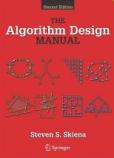



 Data Structures and Algorithm Analysis in C++ (3rd Edition)
Data Structures and Algorithm Analysis in C++ (3rd Edition) Handbook of Data Structures and Applications
Handbook of Data Structures and Applications Data Structures, Near Neighbor Searches, and Methodology: Fifth and Sixth Dimacs Implementation Challenges
Data Structures, Near Neighbor Searches, and Methodology: Fifth and Sixth Dimacs Implementation Challenges Algorithms in C++: Fundamentals, Data Structures, Sorting, Searching
Algorithms in C++: Fundamentals, Data Structures, Sorting, Searching The Art of Computer Programming: Fundamental Algorithms
The Art of Computer Programming: Fundamental Algorithms